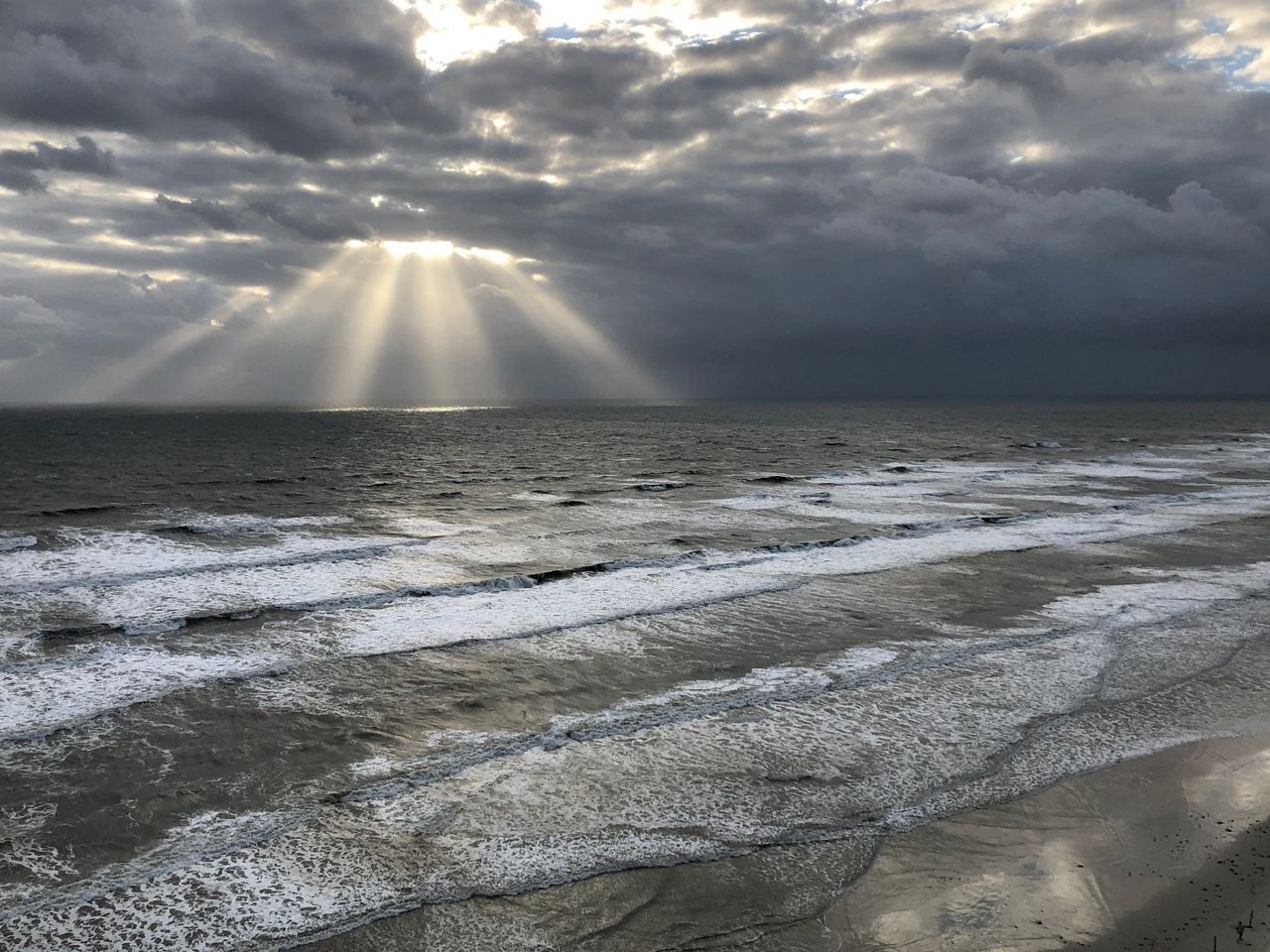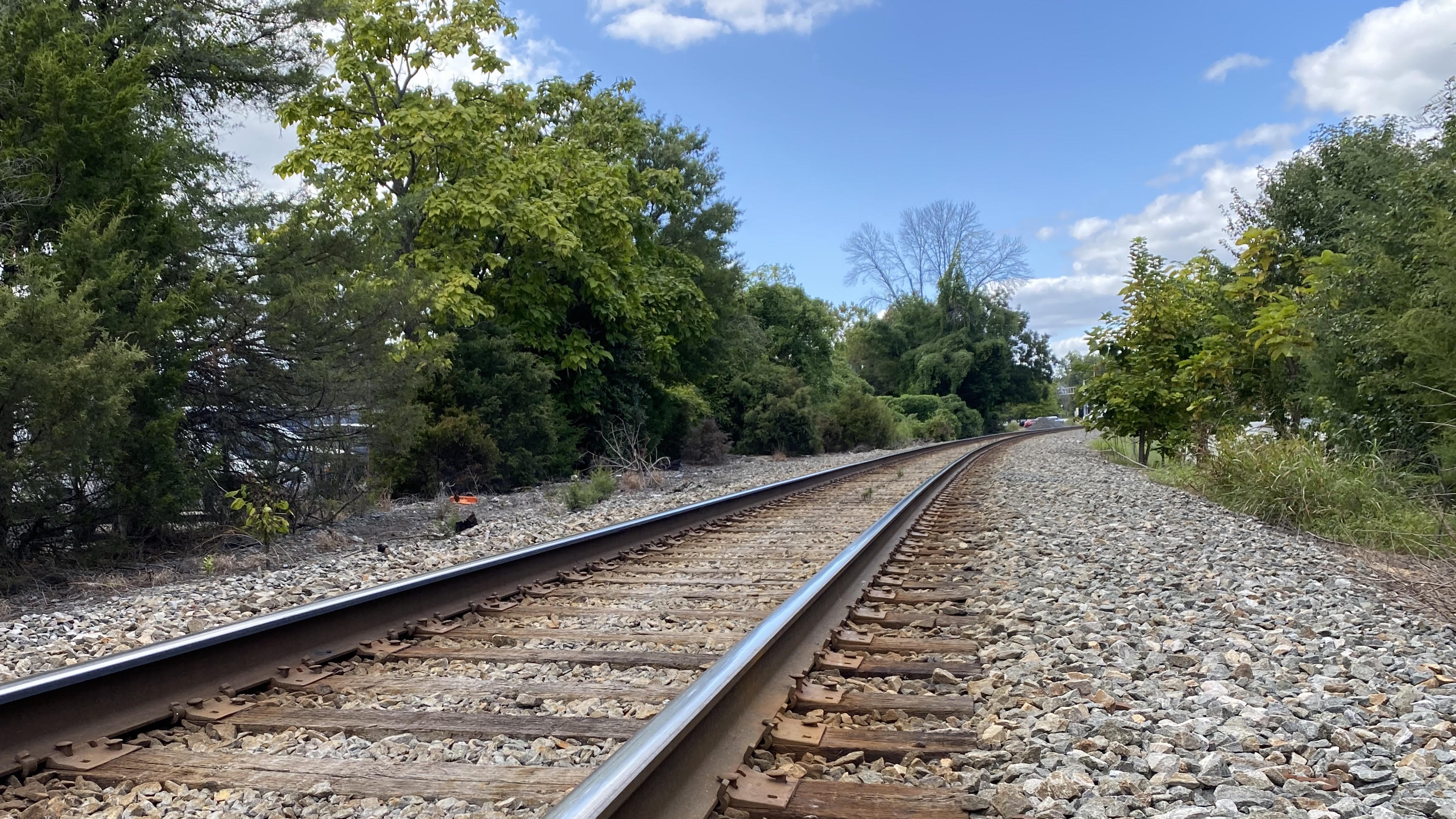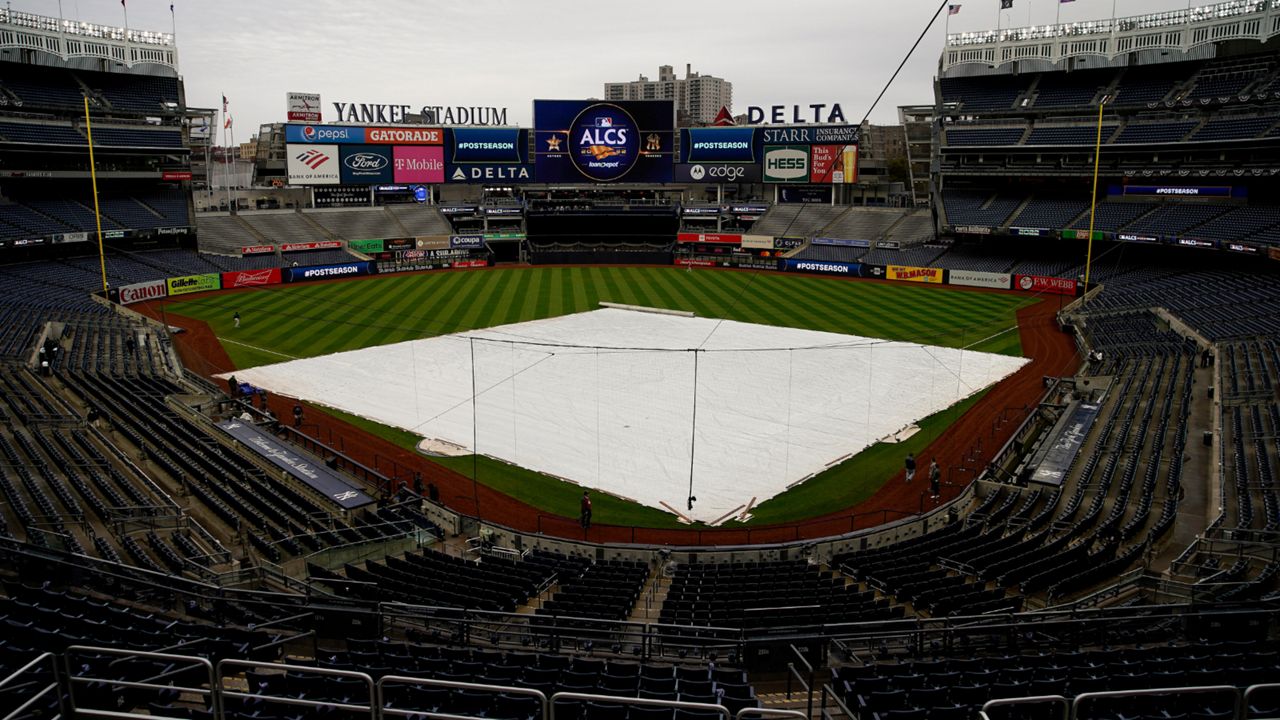You have seen them before, those well-defined beams of light and dark around the time of sunrise and sunset. Here's a term you can impress your friends with: they are called crepuscular rays.
The name crepuscular means "relating to twilight," which is the time these rays are observed.
The American Meteorological Society Glossary of meteorology defines them as "twilight rays" with alternating dark and light bands that seem to diverge like a fan from the sun's position.
The reason these appear at certain times, being near sunrise and sunset, has to do with the lower angle of the sun. The incoming sunlight travels through more of the atmosphere when it is closer to the horizon.

The rays are visible because of dust particles in the air that reflect light from the rising or setting sun. The shorter wavelengths are filtered out by the dust, leaving only the longer yellow, orange, and red light.
The light rays seem to fan out from a central point, but it is just an illusion. The light rays are parallel.
This is because the sun is so far away, and the light essentially starts from an infinite point.
The effect happens when you look down a pair of railroad tracks. While the railroad tracks are wide where you stand, they appear to converge in the distance.

We know they remain parallel, but to our eye, it appears that the tracks are fanning out from a point in the distance.
Crepuscular rays come out great when photographed, so if you happen to catch them, be sure to share your photos with us!








